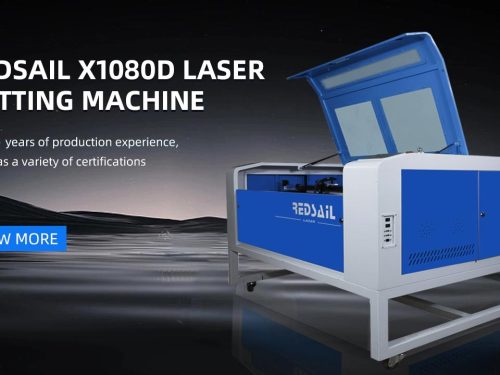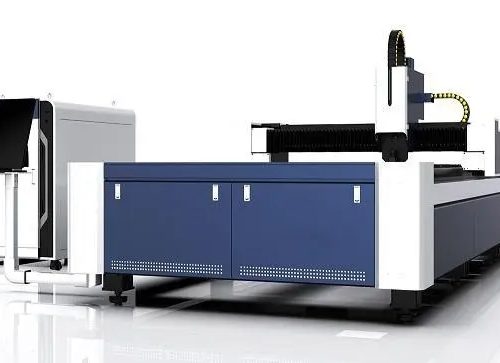
Laser cutting uses nitrogen to solve many processing problems in practical production, and expands the processing scope to areas where oxygen cutting is difficult to process, such as aluminum and brass. The following describes its application in various materials and fields.
1. Carbon steel
Carbon steel is cut with oxygen. The surface temperature is very high due to carbon assisted melting and oxygen assisted combustion. When cutting holes with sharp corners and diameters smaller than the material thickness, too much heat is concentrated in the narrow area, making the cutting quality unable to be guaranteed. Nitrogen does not assist combustion, and its cooling effect is suitable for solving such processing problems and improving product quality.
2. Stainless steel
Considering the cost, the oxidation of the cutting edge does not affect the use of stainless steel parts. However, the content of alloy elements such as Ni in stainless steel is large, the viscosity of molten material is large, and the fluidity is poor. The low air pressure during oxygen cutting is easy to cause quality defects such as slag sticking. When welding stainless steel, the oxide layer seriously affects the welding quality, especially the argon arc welding. The high-quality non-oxidation section provided by nitrogen cutting meets the high requirements of stainless steel welding on cutting section.
3. Aluminum and brass
Aluminum and brass have high reflectivity and low absorption to laser, and require high power to melt materials. In addition, reflection and absorption device shall be equipped to prevent the uneven linear wave from reflecting back to the lens to protect the safety of the laser. Nitrogen cutting is required.
The melting point of aluminum is low, and oxygen can be used to cut the parts below 3mm thick, but the quality is poor, and the section and burr are hard. The effect of no burr can be obtained by using nitrogen to cut the smooth section below 4mm thick. Due to the high viscosity of aluminum and its thermal conductivity, the molten material may have cooled before it can be blown away, so it is prone to burr. Reduce the surface roughness value by adjusting the focus, increasing the air pressure and reducing the speed to ensure that the burr can be easily removed.
4. Etching
Etching is a kind of special cutting, and its energy is only 5% of the basic power. It only acts on the surface of the material and is mainly used for etching marks. The oxygen etching temperature is high, and sometimes there is welding slag on the surface. Concentrated etching can also damage the surface of parts due to heat concentration. Nitrogen etching is bright and does not damage the surface, which can be used to etch the instructions with high requirements.
Oxygen cutting is mainly used for carbon steel due to its large thickness and low cost. The cooling and protection function of nitrogen improves the cutting quality, and has achieved good results in the cutting of stainless steel, aluminum and brass, solving many processing problems.
In addition, the characteristics of non-auxiliary combustion can also be used to process wood, plexiglass and other special materials, which has broad application prospects.










